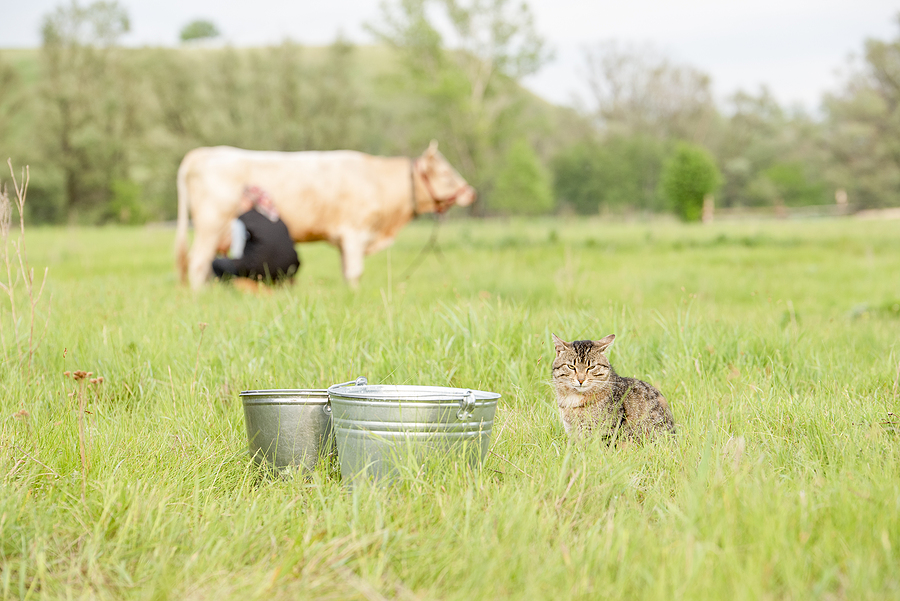To enhance the safeguarding of the livestock sector against the risk posed by highly pathogenic H5N1 avian influenza, the USDA is collaborating with federal partners to implement several measures starting April 29, 2024. These actions aim to proactively address the virus, limit its transmission, and mitigate potential impacts.
The following measures have been released by the USDA:
Mandatory testing for interstate movement of dairy cattle
- Prior to interstate movement, dairy cattle are required to receive a negative test for Influenza A virus at an approved National Animal Health Laboratory Network (NAHLN) laboratory.
- Owners of herds in which dairy cattle test positive for interstate movement will be required to provide epidemiological information, including animal movement tracing.
- Dairy cattle moving interstate must adhere to conditions specified by APHIS.
- As will be described in forthcoming guidance, these steps will be immediately required for lactating dairy cattle, while these requirements for other classes of dairy cattle will be based on scientific factors concerning the virus and its evolving risk profile.
Mandatory reporting
- Laboratories and state veterinarians must report positive Influenza A nucleic acid detection diagnostic results (e.g. PCR or genetic sequencing) in livestock to USDA APHIS.
- Laboratories and state veterinarians must report positive Influenza A serology diagnostic results in livestock to USDA APHIS.

According to the USDA, the virus spread has been identified between cows within the same herd, from cows to poultry, between dairies associated with cattle movements, and among asymptomatic cows that have tested positive. On April 16, APHIS microbiologists detected a change in an H5N1 sample from a Kansas cow, suggesting potential adaptation to mammals. However, the Centers for Disease Control (CDC)’s analysis found this change common in mammalian infections, posing no new public risk.
Since March 2024, authorities, including the U.S. Food and Drug Administration, the USDA, CDC, state veterinary and public health officials, and the National Animal Health Laboratory Network (NAHLN) labs have been investigating the appearance of HPAI H5N1 virus in dairy cows. More recently, several cats from dairy farms experiencing the virus have been reportedly infected. The CDC has issued recommendations for veterinarians in evaluating and handling feline patients potentially exposed to the virus.
For more information, visit the USDA website or view the Federal Order.
